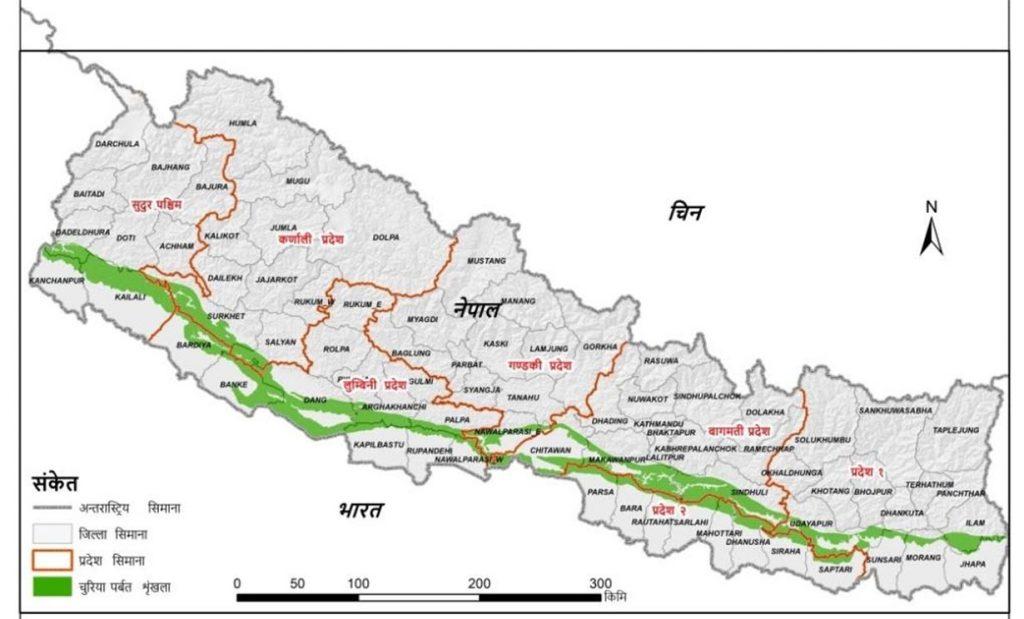By Dipesh Ghimire
Deposit and Loan Trends in Nepali Financial Institutions Witness Marginal Growth

In the past three months, deposits in banks and financial institutions in Nepal increased by NPR 170 billion (2.6%), compared to NPR 158.5 billion (2.8%) during the same period last year. On an annual basis, deposits grew by 12.8% as of mid-October 2024 (2081 Ashwin end).
Breakdown of Deposits
As of mid-October, the composition of deposits was as follows:
Current deposits: 5.4%
Savings deposits: 32.7%
Fixed deposits: 54.8%
These figures reveal a notable shift from the previous year's composition:
Current deposits: Declined from 6.7% to 5.4%
Savings deposits: Increased from 26.7% to 32.7%
Fixed deposits: Dropped slightly from 60.2% to 54.8%
Additionally, institutional deposits accounted for 35.8% of total deposits, a slight decrease from 36.0% last year, indicating stability in the institutional sector's contribution.
Loan Disbursement Growth
Private sector credit rose by NPR 128.65 billion (2.5%) in the review period, slightly higher than the NPR 109 billion (2.3%) growth observed last year. On an annual basis, credit to the private sector grew by 6.0%.
Key contributors to the credit distribution included:
Non-financial institutional sectors: 64.0% share (up from 63.1%)
Individual and household sectors: 36.0% share (down from 36.9%)
Sectoral Analysis of Loans
The credit disbursed by commercial banks, development banks, and finance companies rose by:
Commercial banks: 2.5%
Development banks: 2.4%
Finance companies: 3.9%
The analysis of collateral-backed loans showed:
Current assets (e.g., agricultural and non-agricultural goods): 13.4% (up from 12.0%)
Real estate collateral: 65.8% (down from 67.3%)
This trend suggests a slight shift towards diversified collateral types beyond real estate.
Performance Across Sectors
Loans for different economic sectors showed varied growth:
Industrial production: 2.3%
Construction: 2.2%
Wholesale and retail trade: 2.3%
Transport, communication, and public services: 4.7%
Service industry: 2.6%
Consumer sector: 2.2%
However, agricultural loans decreased by 0.4%, reflecting challenges in this critical sector.
Loan Types and Trends
Among loan categories:
Term loans: Increased by 2.7%
Margin nature loans: Surged by 17.5%
Trust receipt (import) loans: Grew by 17.4%
Hire purchase loans: Rose by 0.7%
Cash credit loans: Increased by 1.9%
Real estate loans: Grew by 1.5%
Conversely, overdraft loans saw a 5.8% decline, suggesting a cautious approach in short-term credit offerings.
The data reveals a steady yet marginal growth in deposits and credit, signaling cautious optimism in the financial sector. The shift in deposit composition hints at evolving preferences among depositors, possibly influenced by interest rates and market dynamics.
While credit distribution has improved, the minimal decline in agricultural loans could impact long-term sustainability. The rise in loans for trade, transport, and services indicates positive momentum in key economic sectors, but the moderate growth in construction loans may reflect subdued real estate activities.
Overall, Nepal's banking sector demonstrates resilience and adaptability, but it requires strategic interventions to address sectoral imbalances and promote inclusive growth.









